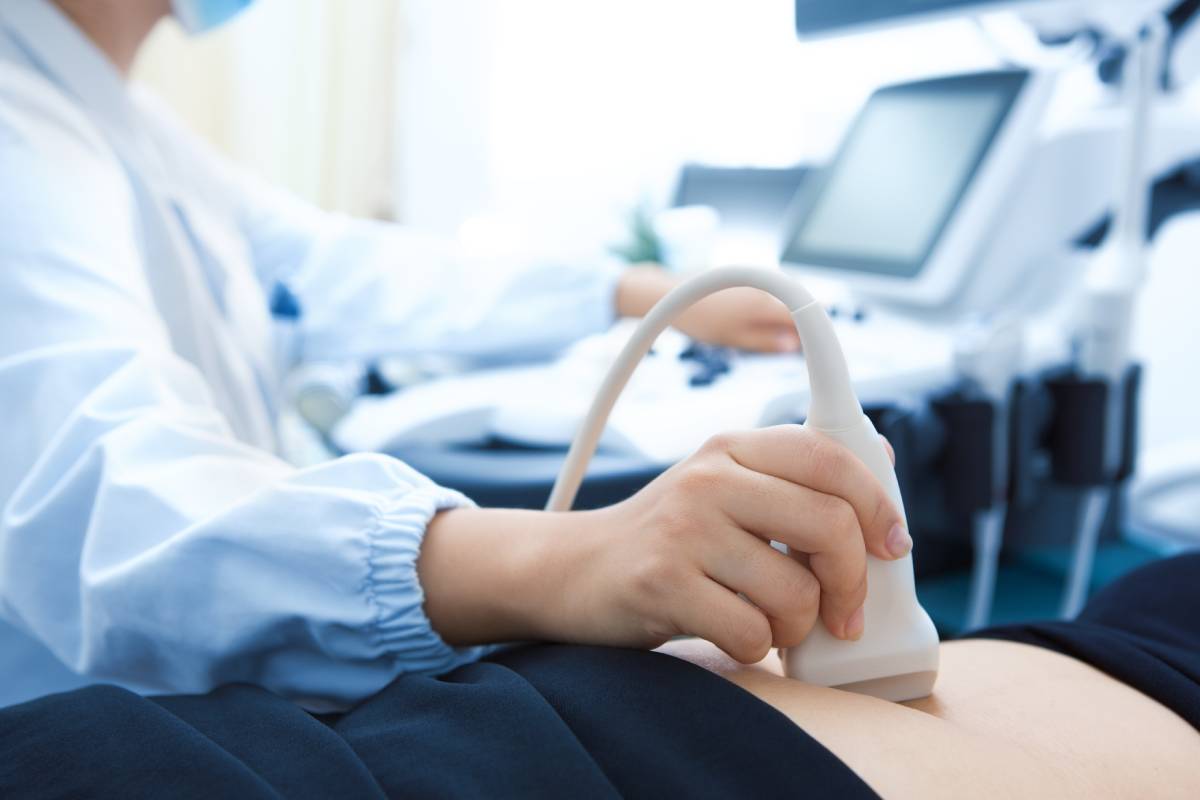Reducing Aspiration Risk in Non-NPO Surgical Patients

Aspiration of gastric contents is a common cause of perioperative morbidity and mortality. Aspiration can lead to serious complications including hypoxia, pneumonitis, pneumonia, acute respiratory distress syndrome, and death (1). The single greatest risk factor for perioperative aspiration is the presence of food and/or liquids in the stomach prior to the induction of anesthesia. To minimize this risk, anesthesiology societies have established guidelines for preoperative fasting, commonly referred to NPO (nil per os, or “nothing by mouth”) guidelines. For example, current ASA guidelines recommend a minimum of 2 hrs of fasting for clear fluids, 6 hrs after a light meal (toast and clear fluids), and 8 hrs after a full meal with high calorie or fat content (2). However, these guidelines only apply to healthy patients scheduled for certain types of elective surgery, and not patients at increased risk of delayed gastric emptying (diabetics, obese patients, chronic opioid use) or in emergency situations or who have suffered from recent trauma (2). Anesthesiologists and surgeons may have to work around non-NPO patients that need surgery and should have strategies to evaluate and reduce aspiration risk.
Gastric ultrasound is an emerging point-of-care tool that provides bedside information on gastric content and volume, particularly in the setting of unclear or non-NPO status (1). Using ultrasound can provide clinicians with information on the exact status of non-NPO patients’ gastric contents, allowing them to weigh the risk of aspiration if surgery proceeds against the risk of delaying surgery.
In order to properly utilize this tool, it is important to have knowledge of the overall anatomy of the stomach. The stomach is divided into four regions: the cardia, fundus, body, and the pylorus (3). The cardia is the region immediately distal to the esophagus. The fundus is the most superior portion of the stomach, lying above the cardiac notch. The body is the largest part of the stomach, providing space for food to mix with digestive enzymes. The funnel-shaped pylorus is the most distal portion of the stomach, consisting of the antrum and the pyloric sphincter. The antrum lies between the gastric body and the pyloric sphincter, storing food before release through the pyloric sphincter into the duodenum. When performing gastric ultrasound, the antrum is the most important anatomical structure to visualize (3). Once the antrum has been identified, the layers of the stomach can be properly appreciated.
The stomach wall consists of three layers of alternating echogenicity, which can frequently be distinguished on ultrasound. The outermost layer is the serosa, which appears as a thin hyperechoic line. The muscularis propria, immediately deep to the serosa, appears as a thick, hypoechoic line and is easy to see on an ultrasound. The mucosa is the innermost layer of the stomach, which appears as a thin hyperechoic line (1).
After identifying all relevant structures, the nature of the gastric content (empty, clear fluid, thick fluid/solid) may be established based on qualitative findings. Baseline gastric secretions and clear fluids (water, apple juice, black coffee) appear hypo- or anechoic. As gastric volume increases, the antrum becomes rounder and distended with thinner walls (4). Thicker fluids such as milk have increased echogenicity. After a solid meal, a “frosted glass” pattern may form due to food and air mixed with chewing and swallowing. This air/solid mixture creates multiple artifacts that may blur the posterior wall of the antrum and create a shadowing effect. Ultrasound can also show peristaltic gastric contractions which may suggest more recent oral intake (4). An “empty” stomach (Grade 0 antrum) or a low volume of clear fluid within the range of baseline gastric secretions (Grade 1 antrum or ≤ 1.5 mL·kg−1) is consistent with a fasting state and suggests a low aspiration risk (5).
In the absence of other risk factors, ultrasound confirmation of an empty stomach indicates that no special airway management precautions are required, and that supraglottic airway devices or deep sedation without airway protection may be appropriate management choices. Conversely, the presence of solid content or a high volume of clear fluid suggests a higher-than-baseline risk for aspiration. Patients with this status, whether due to being non-NPO or exhibiting delayed gastric empyting, will need their airway to be protected due to the risk of aspiration with endotracheal intubation and possibly a rapid sequence induction of anesthesia (5).
References
- Flynn DN, Doyal A, Schoenherr JW. Gastric Ultrasound. In: StatPearls. Treasure Island (FL): StatPearls Publishing; February 20, 2023.
- Van de Putte P, Perlas A. Ultrasound assessment of gastric content and volume. Br J Anaesth. 2014;113(1):12-22. doi:10.1093/bja/aeu151
- Soybel DI. Anatomy and physiology of the stomach. Surg Clin North Am. 2005;85(5):875-v. doi:10.1016/j.suc.2005.05.009
- Li L, Yong RJ, Kaye AD, Urman RD. Perioperative Point of Care Ultrasound (POCUS) for Anesthesiologists: an Overview. Curr Pain Headache Rep. 2020;24(5):20. Published 2020 Mar 21. doi:10.1007/s11916-020-0847-0
- Perlas A, Arzola C, Van de Putte P. Point-of-care gastric ultrasound and aspiration risk assessment: a narrative review. Can J Anaesth. 2018;65(4):437-448. doi:10.1007/s12630-017-1031-9
